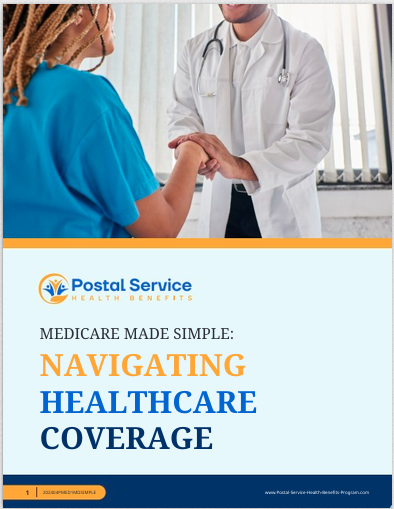Postal Service Health Benefits Program:
An Overview
The Postal Service Health Benefits (PSHB) Program, established within the Federal Employees Health Benefits (FEHB) Program, is set to bring significant changes to the healthcare coverage available to U.S. Postal Service employees and retirees. This program, effective from January 1, 2025, will impact eligibility, coverage options, and enrollment processes, necessitating a thorough understanding for all affected individuals.
Transition to PSHB Program
The transition to the PSHB Program is a pivotal change brought about by the Postal Service Reform Act (PSRA). This transition signifies a shift from the existing FEHB plans to postal-specific health benefit plans, which will be administered by the Office of Personnel Management (OPM) as part of the larger Federal Employees Health Benefits (FEHB) Program. This change is designed to provide tailored healthcare options for U.S. Postal Service employees, annuitants, and their eligible family members.
Eligibility and Enrollment Changes
Starting in 2025, the eligibility criteria for healthcare coverage will shift for Postal Service employees and retirees. They will no longer be eligible for the government-wide FEHB plans and will instead have access to postal-specific plans. Additionally, future retirees who become Medicare-eligible will be required to enroll in Medicare Part B for medical insurance to continue with a PSHB plan. Understanding these changes in eligibility and enrollment is crucial for ensuring uninterrupted healthcare coverage for affected individuals.
Impact on Retirees
The implementation of the PSHB Program will result in changes in enrollment and coverage for USPS retirees. Those who become newly eligible for Medicare will have to make Medicare Part B their primary coverage, whereas existing retirees will face adjustments in their healthcare plans and out-of-pocket costs. It’s imperative for retirees to comprehend the new enrollment requirements and the potential impact on their healthcare coverage to effectively plan for their future healthcare needs.
Educational Efforts and Awareness
Recognizing the significance of these changes, the law mandates the USPS to establish an education program to assist employees and retirees in navigating the new healthcare system. The Office of Personnel Management (OPM) will collaborate closely with the Postal Service to raise awareness about the upcoming changes. This will involve making resources and information readily available through various channels such as videos, facility visits, a call center, and engagement with unions. These educational efforts aim to ensure that affected individuals have the necessary support and information to make informed decisions regarding their healthcare coverage under the new program.
Key Dates and Deadlines
Understanding the timeline for enrollment and coverage transitions is vital for all affected individuals. Specific dates and deadlines, such as the open season for enrolling in PSHB plans and the special enrollment period for retirees, require close attention to avoid disruptions in healthcare coverage. Staying informed about these key dates and deadlines will enable individuals to proactively manage their transition to the new healthcare program, minimizing any potential gaps in coverage.
Introducing the Postal Service Health Benefits (PSHB) Program, providing health insurance to postal employees, retirees, and eligible family members starting January 1, 2025. For further details, visit OPM’s website.
Information regarding PSHB Program health plan choices and premiums will be accessible in October 2024.
USPS employees and retirees will select a health plan within the PSHB Program during the 2024 Open Season, which runs from November 11 to December 9, 2024.
Government’s Objective
The transition to the PSHB Program is driven by the government’s objective of streamlining healthcare administration and managing costs within the U.S. Postal Service. The reform is expected to result in savings while reshaping the healthcare coverage landscape for Postal Service employees and retirees. By tailoring healthcare options specifically for USPS employees and retirees, the government aims to improve the overall healthcare experience and ensure access to essential services.
The Need for Proactive Action
Given the complexity of the transition and the tight timeline for implementation, affected individuals are encouraged to stay informed, pay attention to official notifications, and take proactive steps to ensure a smooth transition to the new healthcare program. Being proactive in understanding the changes, meeting deadlines, and seeking assistance when needed will play a crucial role in ensuring continued access to vital healthcare services.
To stay informed about the upcoming changes and make informed decisions regarding the Postal Service Health Benefits Program, it’s essential to seek reliable resources and stay updated with official communications from the USPS, OPM, and other relevant authorities. Stay proactive and informed to ensure a smooth transition to the new healthcare program.
For further guidance and detailed information, consider seeking assistance from licensed agents or accessing the comprehensive resources available through official channels. Understanding the changes and being proactive in the transition process will help ensure continued access to vital healthcare services.





